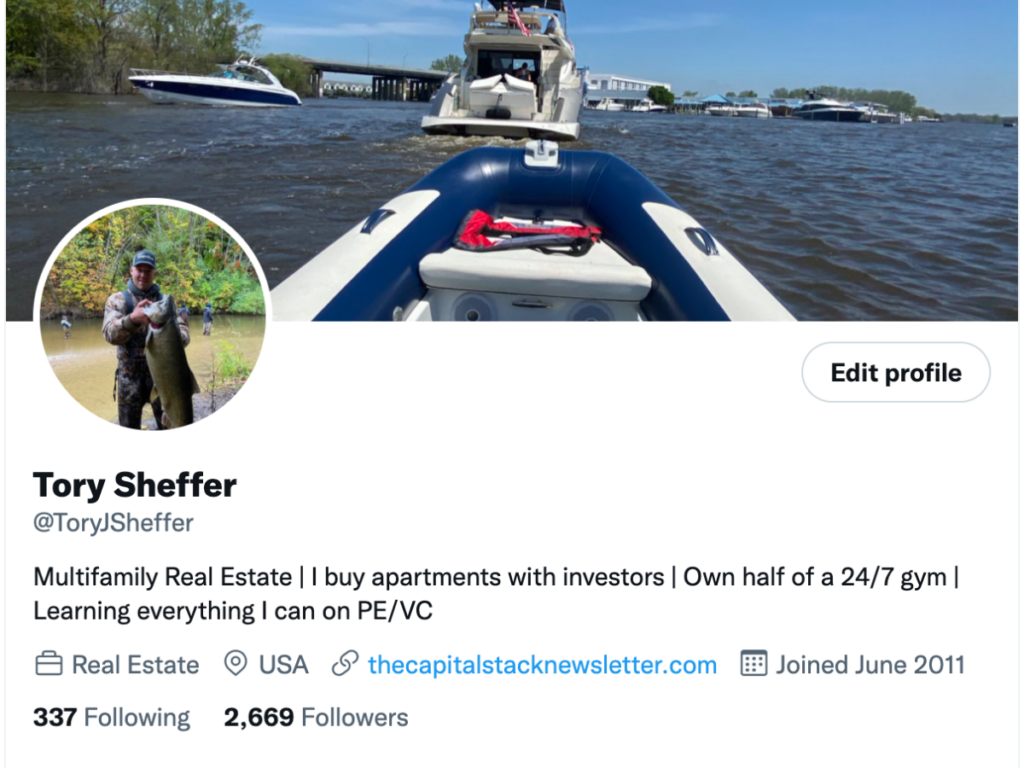
The Capital Stack
Thank you for continuing to follow our newsletter. We love sharing information about our properties and spreading real estate knowledge. We would appreciate your feedback regarding The Capital Stack. The link below will take you directly to a short survey. Thank you in advance!

Real Estate Syndication
How do we structure most of our deals with investors?
We typically use the “preferred equity” structure. Here’s how this works.
Sheffer Capital is the General Partner or GP. We find the property, organize the debt and equity, hire the management company, manage renovations, and are the sole guarantor signing on the loan for the purchase.
The investors are Limited Partners or LP. The investors do not sign on the debt, they simply invest cash and follow along as we execute the business plan for the property.
There are typically two equity classes. Class A (LP) and Class B (GP). Class A is preferred equity and goes to the investors. This class is paid first in the capital stack after the bank loan. Class B is common equity and only paid after all preferred equity has been paid.
Sheffer Capital will generally co-invest. That means we hold both equity classes. A 5-10% co-invest is standard. That means Sheffer Capital as the GP has skin in the game. Our 5-10% co-invest makes us both an LP and a GP.
The Class A investors will have a preferred return. That means they get paid first. Generally our preferred return is 7%. That means the first 7% of cash distributed goes to LPs. Example: $100k investment. $10,000 cash distribution. The first $7,000 is distributed entirely to LPs. The remainder is split depending on the “promote” structure.
Our promote with a 7% preferred return will typically be 50%. This means anything to distribute after the preferred return is split in this manner. Using the $10,000 from the example above, the remaining $3,000 would be split with 50% going to LPs and 50% going to the GP. Ending in $8,500 or 8.5% on $100k total return to LPs and $1,500 to the GP.
Preferred returns will typically range from 5%-12%. On a typical small scale value add we will offer a 7% preferred return and have a 50% promote. If we were to buy a stabilized asset we would typically do no preferred return and a 20%-30% promote. More on this later.
On a typical value add project our strategy is always to return the LP capital as soon as possible through a refinance. Once we refinance and return 100% of LP capital then the cash flow is distributed 50/50 with no preferred return. This cash flow is technically unlimited return because all original capital PLUS the 7% annual preferred return has been paid. On our typical deals this cash flow would total 3-5% annualized return on initial investment.
“IRR” or Internal Rate of Return which we covered in prior newsletters is our usual metric to gauge good vs bad deal. We target 15% IRR over the life of the deal. This usually translates to 8-12% annual cash on cash return and 2-3X equity multiple over that same period. These returns are calculated based on return to investors, not on the full project level return.
Hold period. We generally target buying properties that we would like to hold for a minimum of 10 years. In our underwriting this is modeled with a refinance in year 2-5 and a sale in year 10. The money invested into the deal is very illiquid as the only way to get the money back is a sale or refinance. In our offering memorandum we will lay this out to let everyone know that this is a very long term investment.
There are also acquisition fees and asset management fees that we charge. Acquisition fees will typically be 2%-3% of the purchase price of the property and our asset management fees are 2% of the gross income from the property.
Here’s a full sample deal start to finish example showing what everyone could make:
Purchase price: $1,000,000
Annual cash flow: $30,000
Investment structure: 7% pref, 50% promote
Loan amount: $700,000
Equity raise (LP): $300,000
Acquisition fee: 3%
Hold period: 10 years
Day 1 of closing the GP is paid $30,000. (3% x $1,000,000)
Year 1-3: LP Investors are paid $25,500, $21,000 for pref equity, plus 50% of remaining cash flow. GP is paid $4,500.
Year 4: Refinance. Let’s say the property is now worth $2,000,000 because of value add and appreciation. We refinance at 70% LTV. New loan amount $1,400,000. First the old loan is paid off in amount of $700,000. Investors are then paid back their $300,000. The remaining $400,000 is split 50/50 among LP/GP. LP Investors receive payout of $500,000, GP receives $200,000.
Year 5-10: For easy comparison let’s say cash flow is still $30,000. This is now split 50/50 for LP/GP. LP receives $15,000 per year, GP receives $15,000 per year. Infinite returns for each because all initial investment is returned but it represents a 5% annual return on original investment for the LP.
Year 10: Sale time. Let’s say the property is now worth $2,500,000 due to inflation and appreciation. Proceeds first payoff the loan for $1,400,000. Remaining $1,100,000 is split 50/50 for LP/GP. LP receives $550,000 and GP receives $550,000 and the deal is officially completed or what we would call “gone full cycle”.
Total 10 year LP payout: $1,242,000 (4.14X equity multiple on $300,000 investment)
Total 10 year GP payout: $858,000
This example deal is completely made up and has very random numbers used for simple math. There’s obviously a lot more exact details that go into this, we didn’t take into account any principal pay down, refinancing fees charged by the lender, sale costs, and much more but this gives a simple breakdown of how it all typically works.
Major Market News
| I found an interesting article from Multi-Housing News on the Detroit market and an interview with Kofi Bonner, CEO of Bedrock Detroit which is one of the city’s largest developers. “In Detroit, as of January, the average rent was $1,165, up 9.2 percent year-over-year. Investment activity amounted to $339.6 million in 2021, on par with the five-year average and highlighting renewed interest and demand for multifamily product.” https://www.multihousingnews.com/bedrock-detroit-on-the-citys-ongoing-recovery/ |
| Tips and Tricks |

Twitter and Real Estate #RETWIT Twitter has proven to be a great spot to connect and learn from others involved in real estate. We have also connected with LP investors, potential GP partners, and have even made offers on properties sourced through twitter. Here’s a thread I did of some of my favorite accounts to follow and learn from: https://twitter.com/ToryJSheffer/status/1471229870923345922?s=20&t=HzHSyBi-O56-B139LvAQZg This week’s newsletter was inspired by a thread by Nick Huber (Self Storage GP) on twitter which can be read here: https://twitter.com/sweatystartup/status/1500246594909786114?s=20&t=HzHSyBi-O56-B139LvAQZg |

